Stripes,J (1824) - Pitre,W (1615) [C44]
Ajeeb Quads, Spokane 2009
1.d4 Nc6 2.e4 e5 3.Nf3
I wrote Scotch on my score sheet in the box labeled Opening. Unfortunately, it has been five years since I paid much attention to the Scotch.
3 ... d6 4.dxe5 Nxe5 5.Nxe5 dxe5 6.Qxd8+ Kxd8 7.Bc4 f6 8.Be3 Bd6
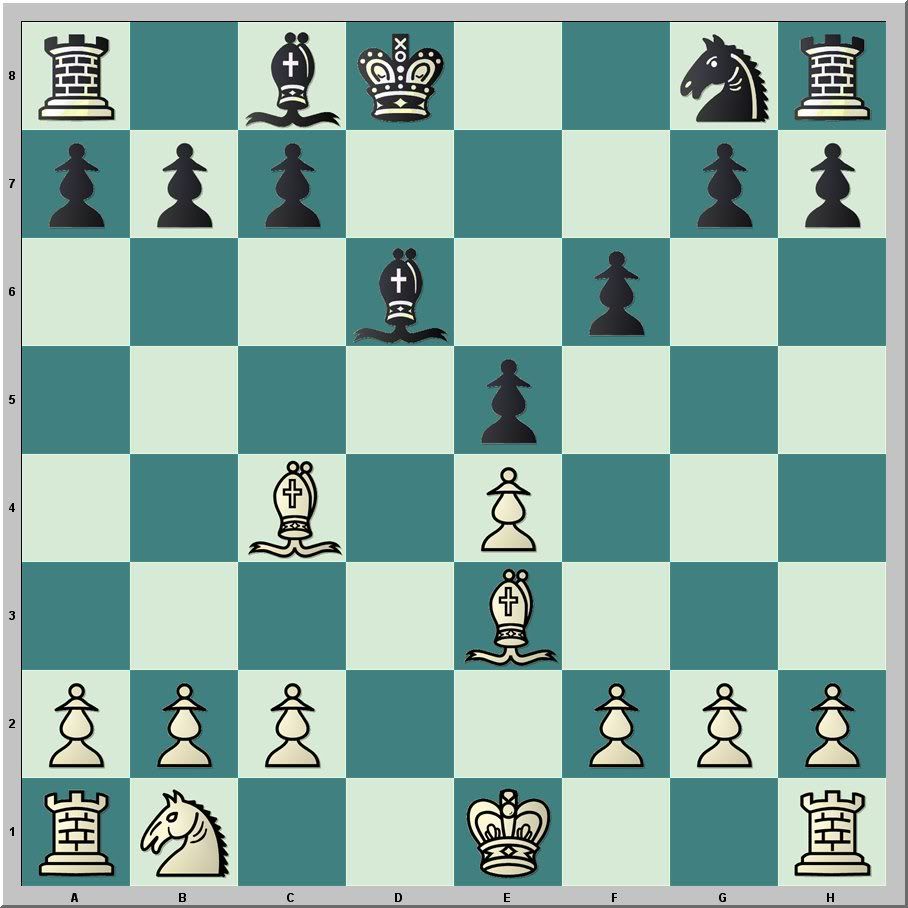
9.Nd2
I considered 9.Nc3, and after the game found 9... c6 10.0–0–0 Kc7 11.Rd3 Ne7 12.Rhd1 Bb4 13.a3 Bxc3 14.Rxc3 b6 15.Rcd3 Ng6 16.a4 Re8 17.f3 Re7 18.a5 Nf4 19.Bxf4 exf4 20.g3 fxg3 21.hxg3 f5 22.exf5 Bxf5 23.Rc3 Rf8 ½–½ Moser-Marin, Barcelona 2007
9...Ne7
9...Ke7 10.0–0 Be6 11.c3 g5 12.a4 Nh6 13.f3 Nf7 14.a5 a6 15.b4 Rhg8 16.g4 h5 17.h3 hxg4 18.hxg4 Nh8 19.Kg2 Ng6 20.Rh1 Rh8 21.Rxh8 Rxh8 22.Rd1 Nf4+ 23.Bxf4 exf4 24.Bxe6 Kxe6 25.Nb3 Ke7 ½–½ Brod-Nickl, 1994
10.0–0–0 Bd7 11.g3N
11.Bb3 was played in a game between two class players with an average rating lower than in our present game. I spent some time considering this move as I wanted to deploy my knight to c4, but g3 prepares a pawn push, and also serves as a waiting move to give my opponent opportunity to present a weakness.
11...Ng6 12.h4
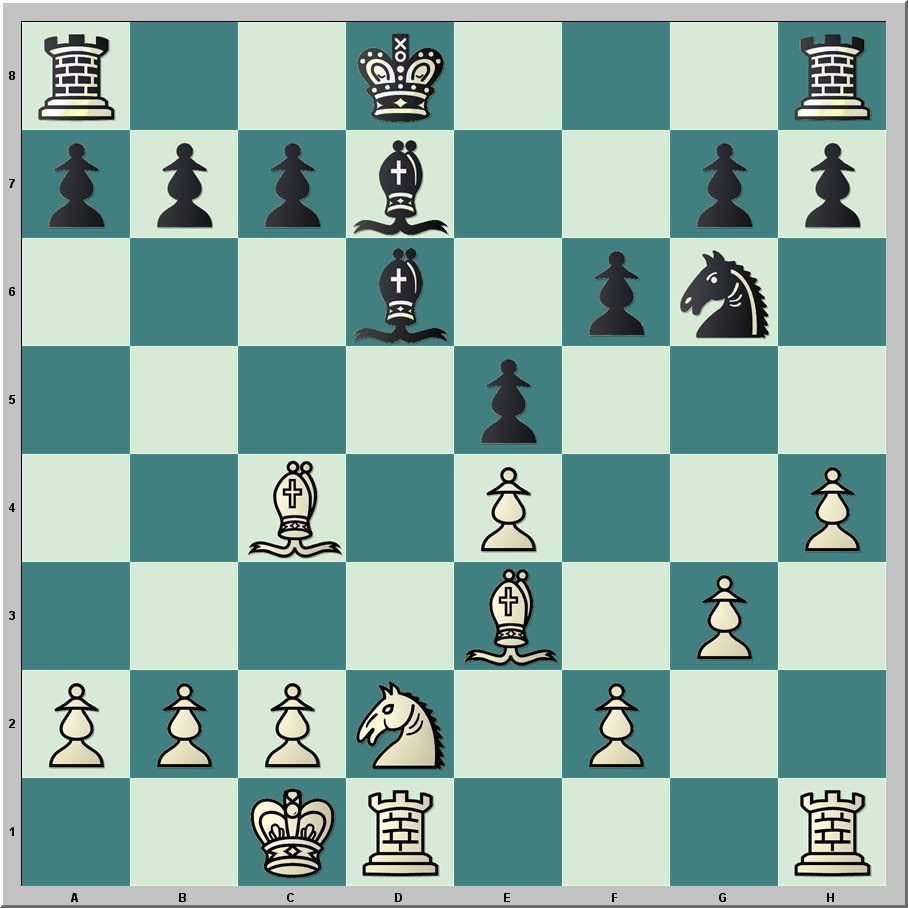
The knight is a target.
12... Ke7 13.h5 Nf8
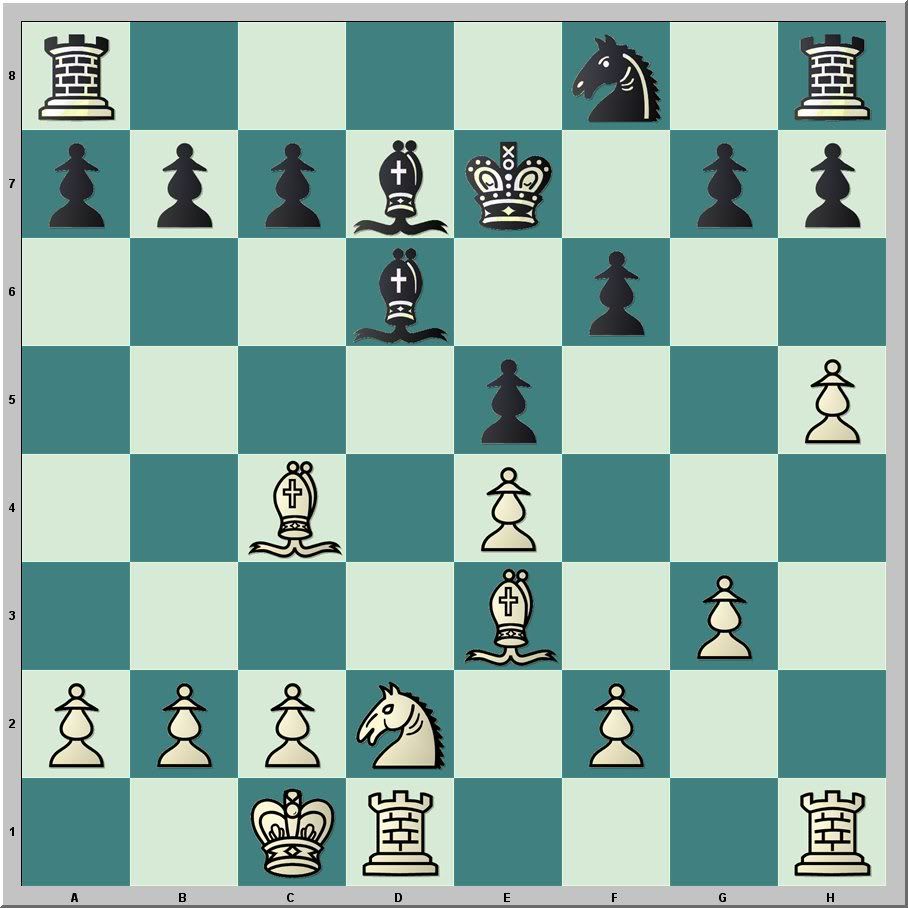
Black's rooks remain unconnected, and his king might become vulnerable if the position opens up.
14.f4 Be6 15.Be2
My engine likes 15.f5, but I rejected this move because the closed position did not seem to offer strong prospects for winning. My plan was to keep material on the board, and try to provoke an exchange of knight for bishop (a plan I formulated after 8...Bd6).
15...Nd7 16.a3?! a5
16...Bc5 thwarts White's plan.
17.Nc4 Nc5

18.Nxd6? right idea, wrong sequence
18.fxe5 fxe5 19.Bg5+ Kd7 20.Rh4±
18...cxd6 19.fxe5 fxe5 20.Bg5+ Kd7 21.h6!?
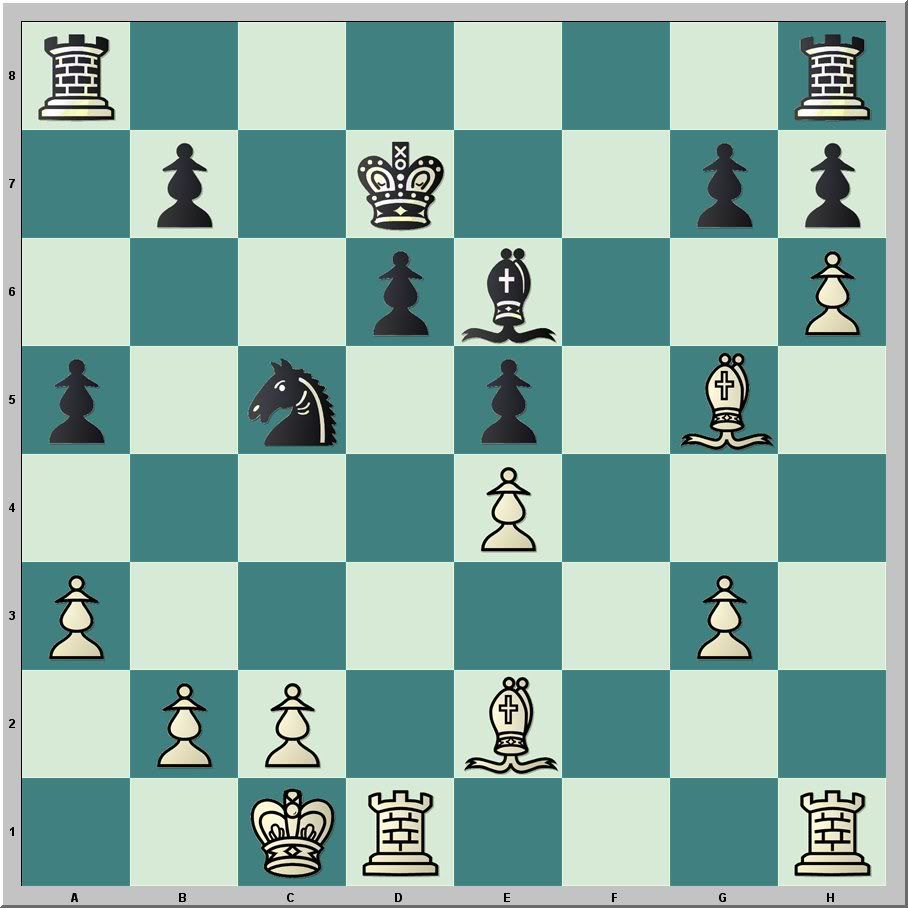
21...g6
21...Nxe4! 22.Bb5+ Kc7 23.Be7 is hard to assess
22.Bf6 Nxe4 23.Bxe5 Rhf8 24.Rhe1 Ke7
24...Kc6 is better
25.Bg7 Rf7 26.Bc4! Ng5
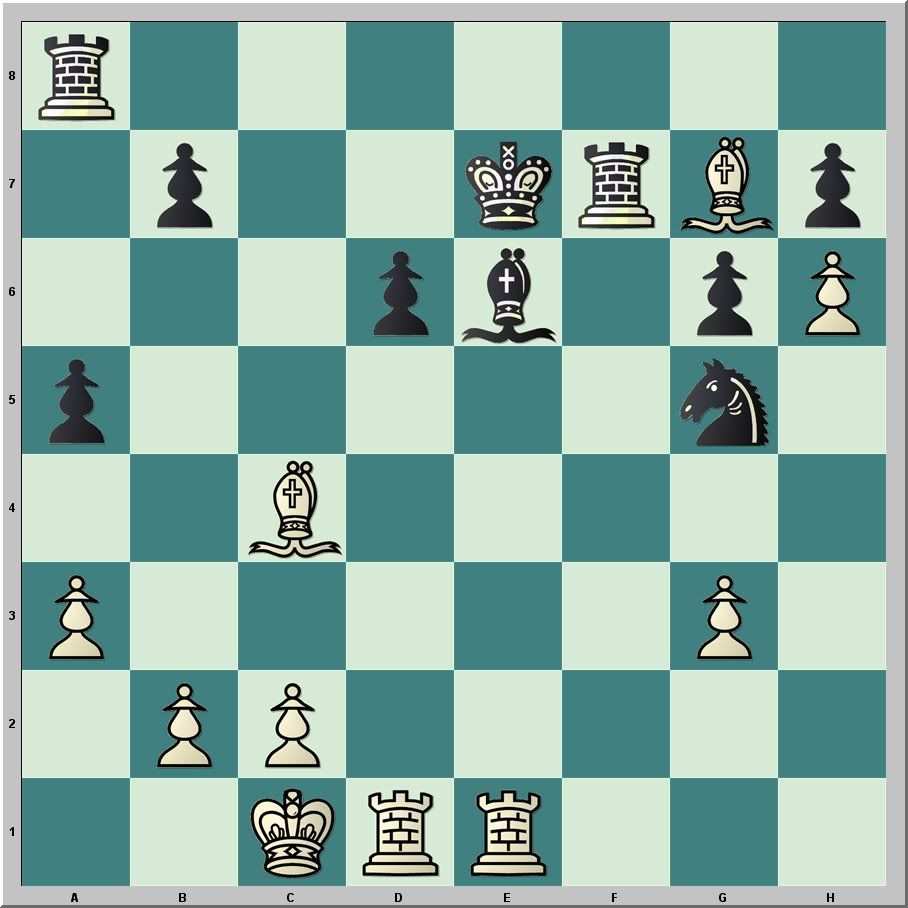
26...Bxc4 27.Rxe4+ Be6 28.Rde1+-
27.Rxe6+?±
27.Bd5+-
27...Nxe6 28.Re1
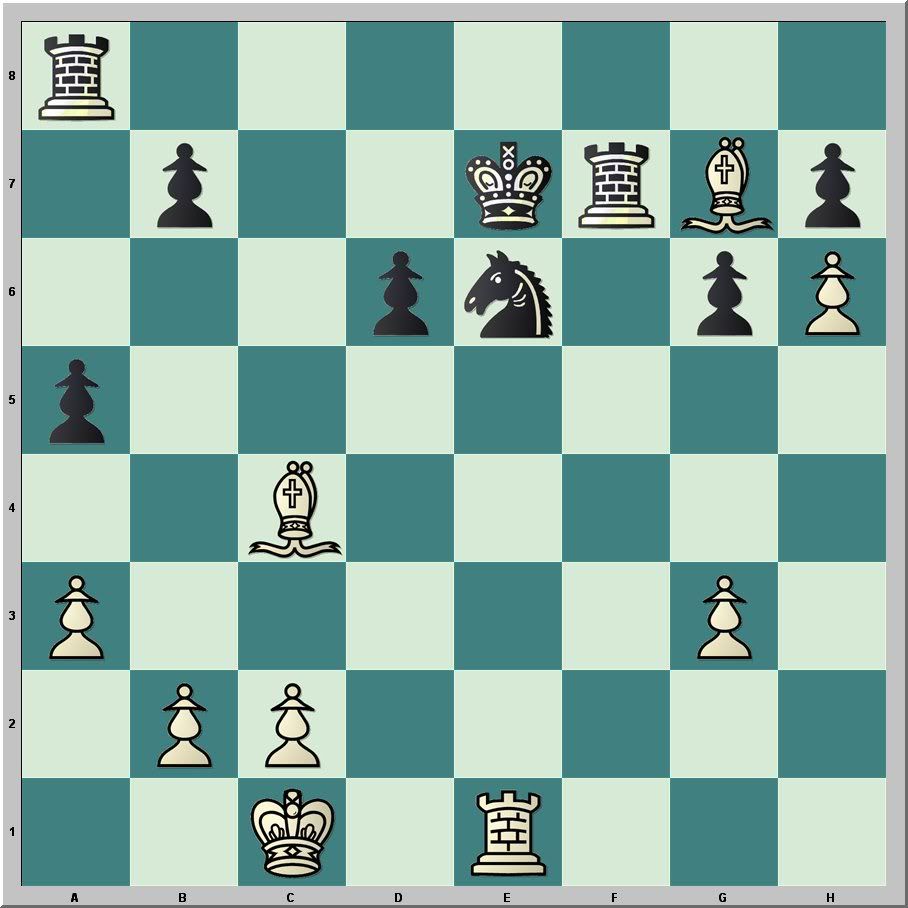
28...Rf6??
The last chance to keep up a fight was 28...d5 29.Bxd5 Ra6 30.Bxb7 Rb6 31.Bd5±
29.Bxf6+ Kxf6 30.Rxe6+ Kg5 31.Rxd6 Rf8 32.Rd7 Kxh6 33.Rxb7 Rf5 34.g4 Rf4 35.Be2 Re4 36.Kd2 Re5 37.Rb5 Rxb5 38.Bxb5 1–0














I don't like his 3 ... d6 as well as 12... Ke7 and 13. ... Nf8. He could get out of the center and he didn't. You developed pressure and people blunder when they are under it.
ReplyDeleteI agree that my opponent made some errors in the opening that facilitated the pressure I put him under. Later, he missed chances to keep the game a struggle. As often as I like to tell myself that I play this game well, the truth is that every success stems as much from opponents that make poor moves.
ReplyDelete